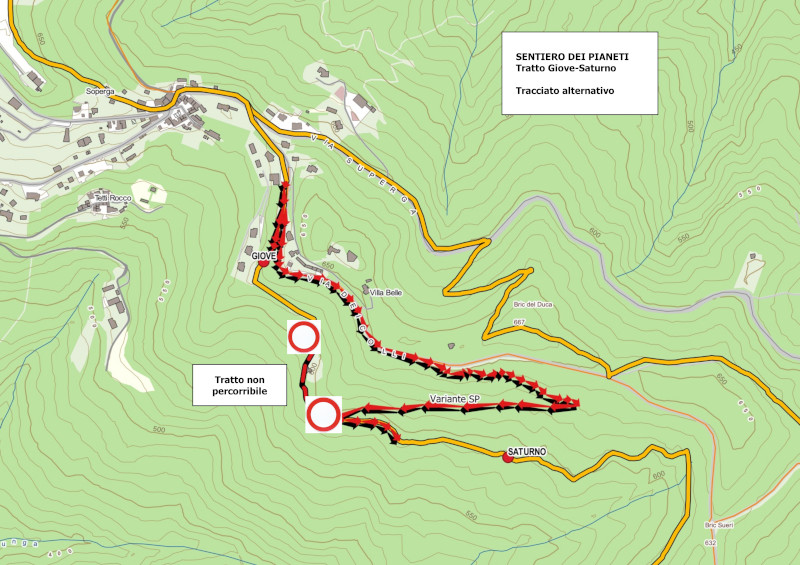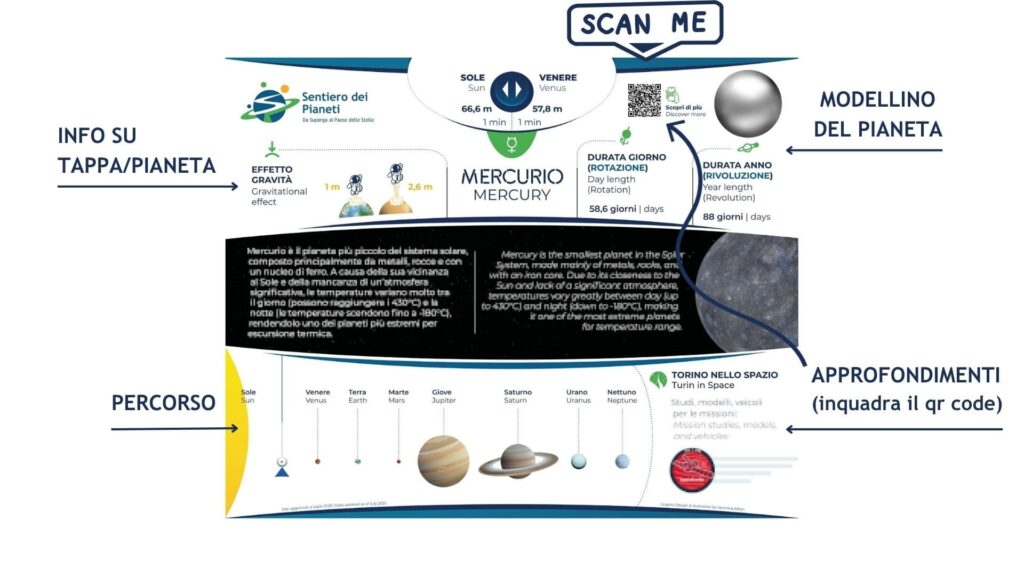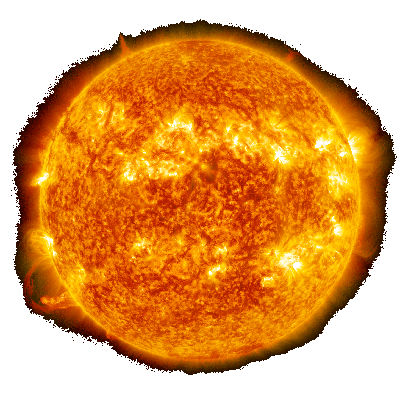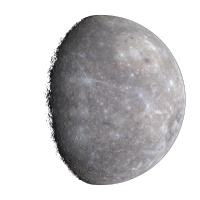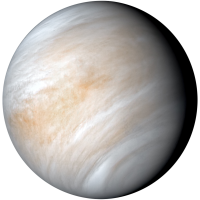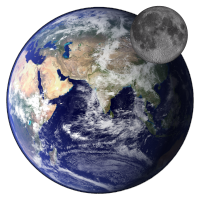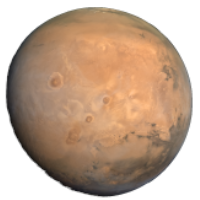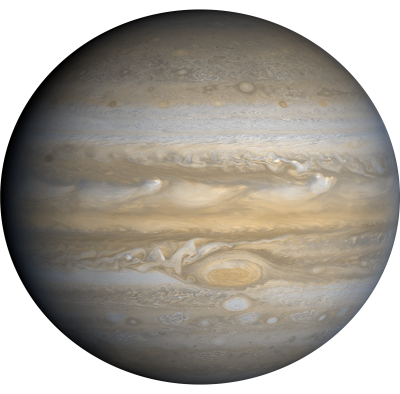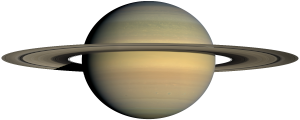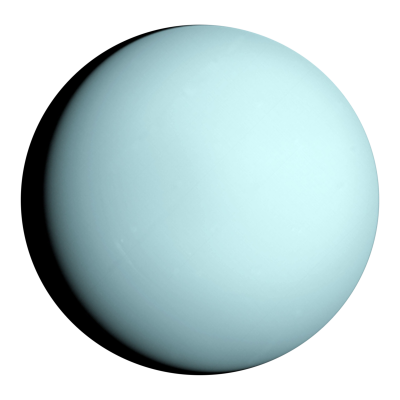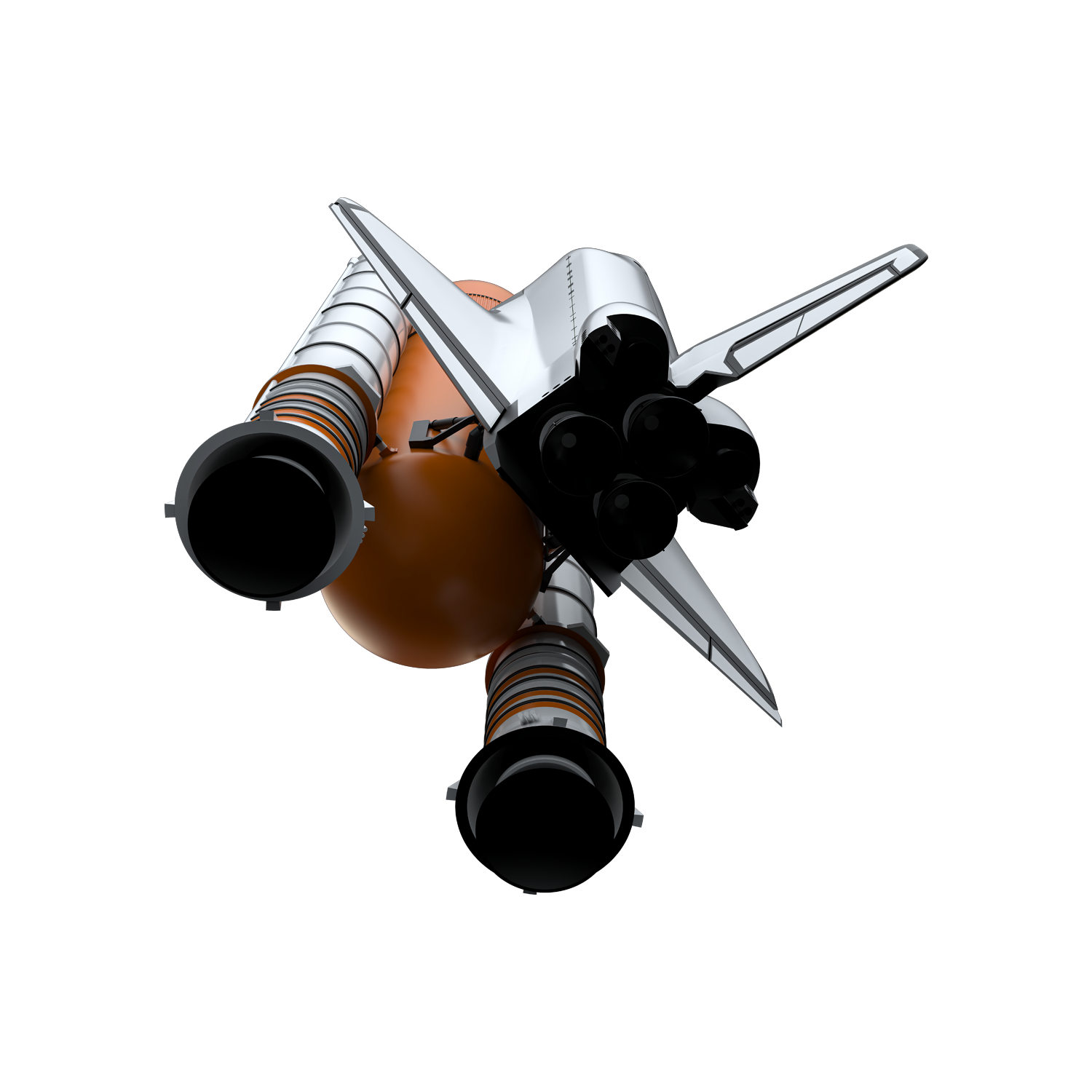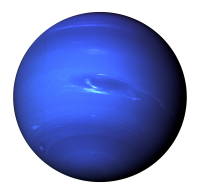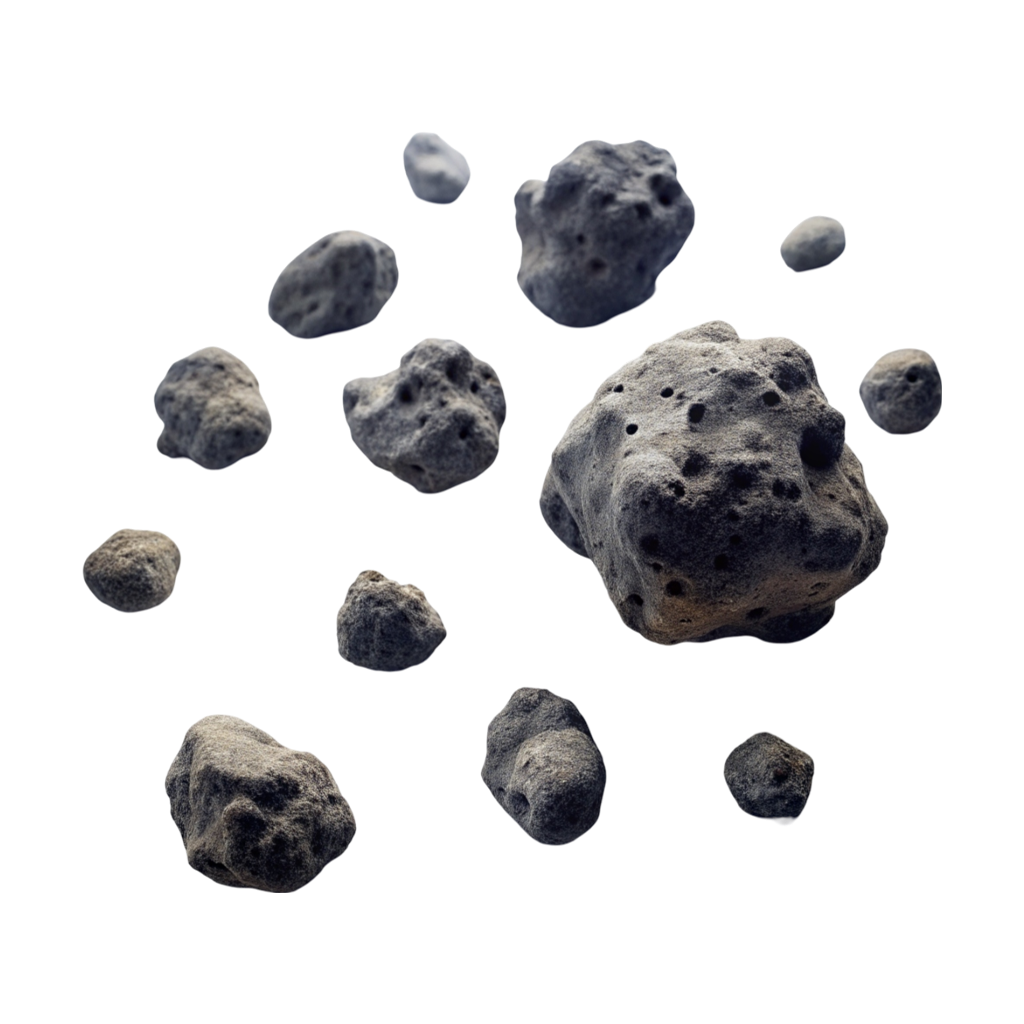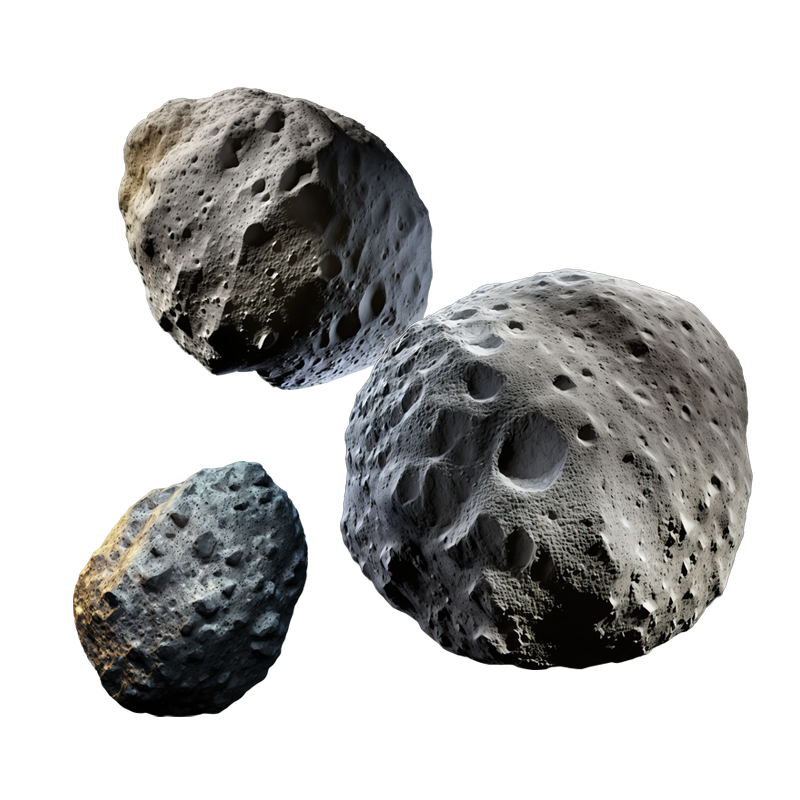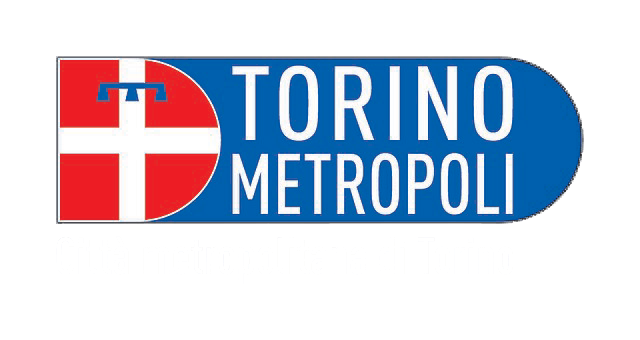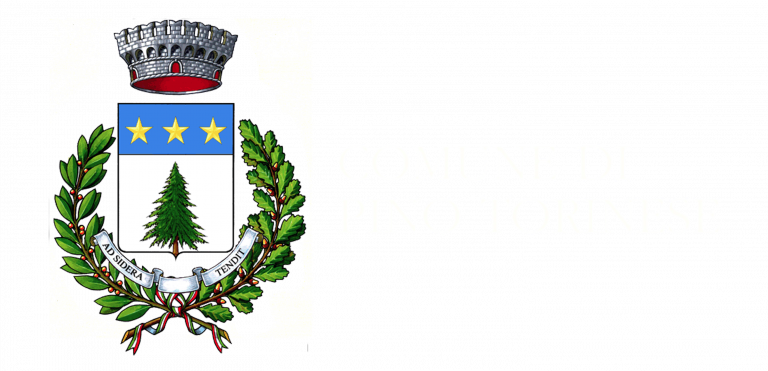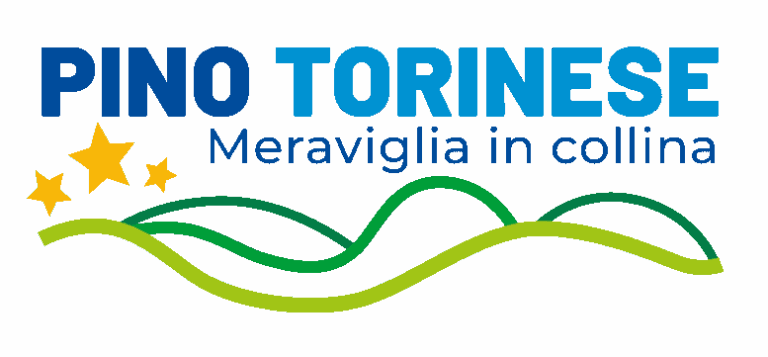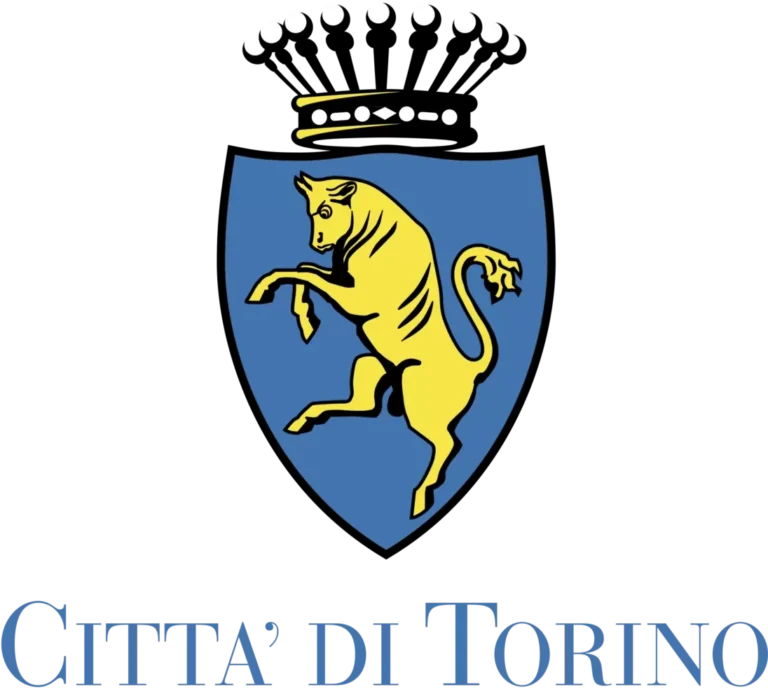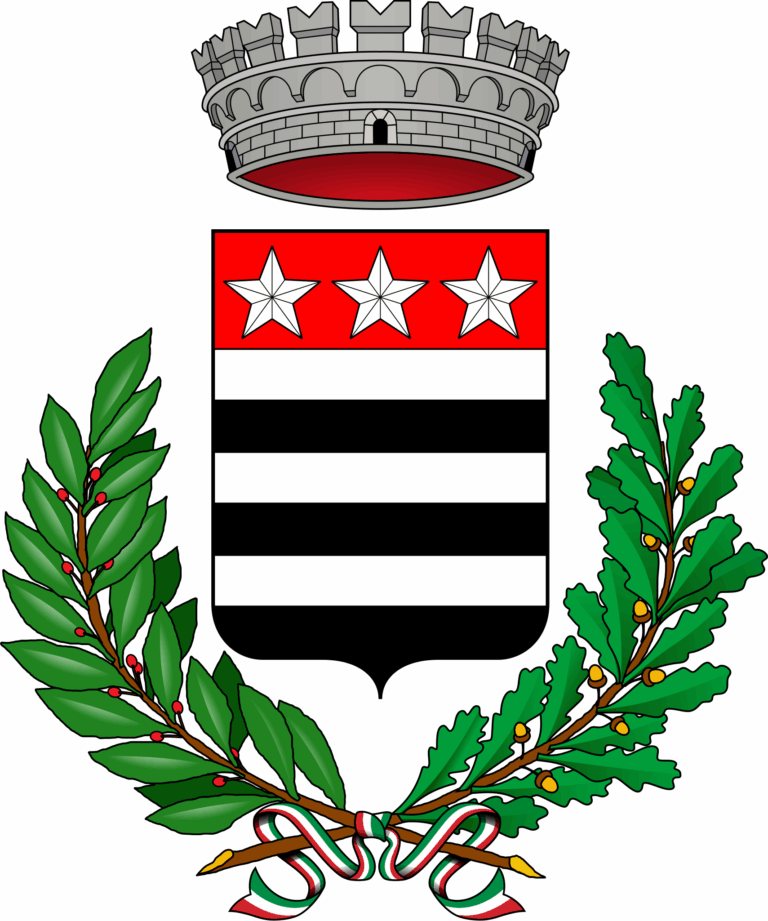SENTIERO DEI PIANETI
SENTIERO DEI PIANETI

AVVISI
1) al momento il sentiero è INTERROTTO tra la postazione di Giove e quella di Saturno, ma è possibile utilizzare il percorso alternativo rappresentato nella cartografia seguente.
2) Si segnala che ad oggi il sentiero è privo di segnaletica (si segua la Superga – Vezzolano – Crea fino al punto SMAT di Pino Torinese e poi si prosegua direzione Planetario; giunti all’altezza del parcheggio sito in Via Osservatorio 8, entrare e attraversare il parcheggio fino in fondo, ove si trova la partenza dell’ultimo tratto di sentiero).
3) Non sono previste attività guidate lungo il percorso.
SENTIERO DEI PIANETI
Il Sentiero dei Pianeti rappresenta il sistema solare, mostrando distanza e dimensione dei pianeti in scala (1:869.653.000). Il percorso di 8,6 km, immerso nel verde, parte da Superga e termina a Pino Torinese. La Sosta Spaziale è la nona di 13 tappe.
Durata complessiva: circa 3 ore e 20 min. Il dislivello in salita dell’intero percorso (guadagno altimetrico) è circa 400 m.
The Planet Trail represents the Solar System, showing the planets’ distances and sizes to scale (1:869,653,000). The 8.6 km route, surrounded by greenery, starts in Superga and ends in Pino Torinese. The Space Stop is the 9th of 13 stations.
Total duration: about 3 h 20’. The total uphill gain is about 400 m.
SENTIERO DEI PIANETI
Il Sentiero dei Pianeti rappresenta il sistema solare, mostrando distanza e dimensione dei pianeti in scala (1:869.653.000). Il percorso di 8,6 km, immerso nel verde, parte da Superga e termina a Pino Torinese. La Sosta Spaziale è la nona di 13 tappe.
Durata complessiva: circa 3 ore e 20 min. Il dislivello in salita dell’intero percorso (guadagno altimetrico) è circa 400 m.
The Planet Trail represents the Solar System, showing the planets’ distances and sizes to scale (1:869,653,000). The 8.6 km route, surrounded by greenery, starts in Superga and ends in Pino Torinese. The Space Stop is the 9th of 13 stations.
Total duration: about 3 h 20’. The total uphill gain is about 400 m.
COLLEGAMENTO
Non esistono bus/navette diretti tra Pino Torinese e Superga.
VISITA A INFINI.TO
Il sentiero termina nel bosco, prima dell'accesso secondario a Infini.to.
INFORMAZIONI SUL PERCORSO:
SOLEIl Sole è la stella al centro del nostro sistema solare e ne rappresenta circa il 99,86% della massa totale. Ha un diametro di circa 1,39 milioni di km, 109 volte quello della Terra: se la Terra fosse una biglia, il Sole sarebbe una palla di circa 1,6 metri di diametro, proprio come nel Sentiero dei Pianeti…! La sua gravità è così intensa che tiene in orbita tutti i pianeti, le lune, gli asteroidi e le comete del sistema solare. Il Sole impiega 225-250 milioni di anni per completare un giro completo attorno al centro della Via Lattea.Scopri di più |
SUNThe Sun is the star at the center of our Solar System and accounts for about 99.86% of its total mass. It has a diameter of about 1.39 million km, 109 times that of Earth: if Earth were a marble, the Sun would be a ball about 1.6 meters in diameter, just like on the Planet Trail…! Its gravity is so strong that it keeps all the planets, moons, asteroids, and comets in orbit. The Sun takes 225–250 million years to complete one orbit around the center of the Milky Way.More info |
MERCURIOMercurio è il pianeta più piccolo del sistema solare, composto principalmente da metalli, rocce e con un nucleo di ferro. A causa della sua vicinanza al Sole e della mancanza di un’atmosfera significativa, le temperature variano molto tra il giorno (possono raggiungere i 430°C) e la notte (le temperature scendono fino a -180°C), rendendolo uno dei pianeti più estremi per escursione termica.Scopri di più |
MERCURYMercury is the smallest planet in the Solar System, made mainly of metals, rocks, and with an iron core. Due to its closeness to the Sun and lack of a significant atmosphere, temperatures vary greatly between day (up to 430°C) and night (down to -180°C), making it one of the most extreme planets for temperature range.More info |
VENEREVenere è spesso chiamato il “pianeta gemello” della Terra, ma in realtà presenta caratteristiche molto diverse. La sua atmosfera composta principalmente da anidride carbonica, crea un effetto serra molto potente, con temperature superficiali fino a 465°C, in grado di fondere il piombo. La pressione atmosferica sulla sua superficie è quella che si avrebbe a circa 900 m di profondità negli oceani terrestri.Scopri di più |
VENUSVenus is often called Earth’s “twin planet” but it actually has very different features. Its atmosphere, mainly made of carbon dioxide, creates a strong greenhouse effect, with surface temperatures up to 465°C hot enough to melt lead. The atmospheric pressure on its surface is equivalent to the pressure found approximately 900 m deep in Earth’s oceans.More info |
LUNALa Luna è l’unico satellite naturale della Terra e l’unico corpo celeste finora esplorato dall’uomo. Ha una massa pari a circa 1/81 di quella terrestre e una gravità di circa 1/6. Il suo periodo dirotazione coincide con quello orbitale intorno alla Terra, per questo motivo la Luna ci mostra sempre la stessa faccia. Il lato nascosto fu osservato per la prima volta il 7 ottobre 1959 dalla sonda sovietica Luna 3.TERRAL’osservazione dallo Spazio della Terra inizia negli anni ‘50. Da allora sono migliaia i satelliti artificiali che ne osservano l’atmosfera, la superficie, l’interno, la radiazione proveniente dal Sole e i suoi effetti nell’interazione Sole-Terra, fondamentale per la vita. Guardandola dallo Spazio, la Terra è dominata dal colore blu (2/3 della superficie sono ricoperti da acqua allo stato liquido), presenta calotte bianche ghiacciate e vapore acqueo (nubi) in atmosfera.Scopri di più |
MOONThe Moon is Earth’s only natural satellite and the only celestial body so far explored by humans. Its mass is about 1/81 of Earth’s, and its gravity about 1/6. Its rotation period matches its orbit around Earth, which is why it always shows the same face. The far side was first observed on October 7, 1959, by the Soviet probe Luna 3.EARTHObservation of Earth from Space began in the ‘50s. Since then, thousands of artificial satellites have monitored its atmosphere, surface, interior, solar radiation, and the effects of the Sun–Earth interaction, essential for life. Seen from space, Earth is dominated by blue (2/3 of its surface is covered by liquid water), with white ice caps and water vapor (clouds) in the atmosphere.More info |
MARTEMarte è conosciuto come il “Pianeta Rosso”, per il suo colore visibile a occhio nudo e dovuto alla presenza di ossido di ferro. Ospita il Monte Olimpo, la montagna più alta di tutto il sistema solare (circa 22 km). Presenta una temperatura media di -50°C. Nel 1877 G. Schiaparelli osservò dei dettagli scuri sulla superficie, definendoli canali, erroneamente tradotti in inglese “canal” (canali artificiali): da qui l’idea che il pianeta fosse abitato da forme di vita marziane.Scopri di più |
MARSOften called the “Red Planet”, Mars owes its red color, visible to the naked eye, to the presence of iron oxide. It hosts Olympus Mons, the tallest mountain in the Solar System (about 22 km). Its average temperature is -50°C. In 1877, G. Schiaparelli observed dark features on the surface, calling them “canali,” wrongly translated as “canals” (artificial channels), leading to the idea that the planet was inhabited by Martian life forms.More info |
GIOVEGiove è un gigante gassoso, costituito prevalentemente di idrogeno ed elio. Abbiamo diverse informazioni sull’atmosfera, ma nessuna osservazione diretta del suo interno profondo poiché non è visibile. La Grande Macchia Rossa è il più grande vortice presente nell’atmosfera gioviana. Possiede innumerevoli satelliti di diverse dimensioni. I più celebri sono Io, Europa, Ganimede e Callisto, scoperti da Galileo Galilei.Scopri di più |
JUPITERJupiter is a gas giant, made mostly of hydrogen and helium. We have extensive data on its atmosphere, but no direct observation of its deep interior, as it’s not visible. The Great Red Spot is the largest vortex in Jupiter’s atmosphere. It has many moons of different sizes. The most famous are Io, Europa, Ganymede, and Callisto, discovered by Galileo Galilei.More info |
SATURNOSaturno è un gigante gassoso, l’ultimo osservabile ad occhio nudo. Celebre per i suoi anelli, composti da ghiaccio e da materiale roccioso molto fine, che conferiscono colori più chiari o più scuri a seconda della predominanza dell’uno o dell’altra componente. A causa della sua distanza elevata dal Sole la temperatura media in atmosfera è di circa -180°C.Scopri di più |
SATURNSaturn is a gas giant, the last planet visible to the naked eye. It is famous for its rings, made of ice and fine rocky material, which appear lighter or darker depending on which component prevails. Due to its great distance from the Sun, the average atmospheric temperature is about -180°C.More info |
URANOUrano è un gigante gassoso di un bellissimo colore azzurro-turchese dovuto alla presenza di metano nell’atmosfera, oltre a idrogeno ed elio. Terzo pianeta più grande del sistema solare, ha anche un sistema di anelli. Ha numerose lune, tra cui Miranda, Ariel, Umbriel, Titania e Oberon, i cui nomi provengono dalle opere di Shakespeare e Pope. È il primo pianeta scoperto in tempi moderni, nel 1781.Scopri di più |
URANUSUranus is a gas giant with a beautiful blue-turquoise color caused by methane in its atmosphere, along with hydrogen and helium. The third largest planet in the Solar System, it also has a ring system. It has numerous moons, including Miranda, Ariel, Umbriel, Titania, and Oberon. Their names are inspired by the works of Shakespeare and Pope. It was the first planet discovered in modern times, in 1781.More info |
SOSTA SPAZIALESulla Stazione Spaziale Internazionale sono installate diverse attrezzature sportive su cui astronauti e astronaute trascorrono circa 2 ore al giorno. Perchè? In condizioni di assenza di peso, le ossa, il cuore, i polmoni, i muscoli e tutti gli organi subiscono cambiamenti, ma devono rimanere pronti per tornare alla gravità terrestre una volta rientrati. Particolarità? Gli astronauti devono essere fissati al macchinario per non… “volare via”! | SPACE STOPThe International Space Station has several exercise machines where astronauts spend about 2 hours a day. Why? In weightlessness, bones, heart, lungs, muscles and organs undergo changes, but must stay ready for Earth’s gravity on return. Fun fact? Astronauts must be strapped to the machines to avoid… “floating away”! |
NETTUNONettuno è definito un “gigante di ghiaccio”. La sua atmosfera è composta principalmente da idrogeno ed elio ma anche da composti di acqua, ammoniaca e metano (che dà a Nettuno il suo caratteristico colore blu intenso). I venti nettuniani sono tra i più veloci del sistema solare, in grado di creare tempeste e moti atmosferici che cambiano continuamente il volto del pianeta.Scopri di più |
NEPTUNENeptune is defined as an “ice giant”. Its atmosphere is mainly composed of hydrogen and helium, but also compounds of water, ammonia and methane (which gives Neptune its deep blue color). Its winds are among the fastest in the Solar System, creating storms and atmospheric motions that constantly reshape the planet’s appearance.More info |
INIZIO FASCIA DI KUIPERLa fascia di Kuiper è una regione che si estende oltre l’orbita di Nettuno e ci offre preziose informazioni sulle origini e l’evoluzione del nostro sistema planetario. Gli oggetti all’interno di questa fascia sono piccoli corpi rocciosi simili agli asteroidi, formati principalmente da ghiaccio, metano, ammoniaca e altri composti. Questi corpi vengono definiti transnettuniani.Scopri di più |
KUIPER BELT – STARTThe Kuiper Belt is a region beyond Neptune’s orbit that provides valuable insights into the origins and evolution of our planetary system. The objects within this belt are small rocky bodies, mainly composed of ice, methane, ammonia, and other compounds. These bodies are known as trans-Neptunian objects.More info |
PLUTONEPlutone è classificato “pianeta nano” e ha cinque lune conosciute. La più grande è Caronte, con dimensioni quasi uguali a quelle di Plutone, rendendo il sistema doppio. Il periodo di rotazione di Plutone è uguale al periodo di rivoluzione del suo satellite principale: il risultato è che Caronte appare immobile se osservato da Plutone, quindi sempre visibile da uno dei suoi emisferi e totalmente invisibile dall’altro.Scopri di più |
PLUTOPluto is classified as a “dwarf planet” and has five known moons. The largest is Charon, which is almost the same size as Pluto, making it a double system. Pluto’s rotation period is equal to the orbital period of its main satellite, so Charon appears stationary when viewed from Pluto, always visible from one hemisphere and completely invisible from the other.More info |
FINE FASCIA DI KUIPERCi troviamo ai confini del sistema solare, dove il disco diffuso, una regione popolata da pochi oggetti, si sovrappone alla Fascia di Kuiper. Uniche sonde che lo hanno attraversato sono le Voyager 1, Voyager 2, Pioneer 10 e Pioneer 11. Varcati i confini del sistema solare l’oggetto più vicino a noi è Proxima Centauri, distante 4,365 anni-luce e appartenente al sistema di stelle triplo Alfa Centauri. Considerando la scala del nostro sentiero disterebbe da qui 46.000 km. Continuando a camminare con questo passo impiegheremmo 480 giorni circa per raggiungerla!Scopri di più |
KUIPER BELT – ENDWe are at the edge of the Solar System, where the scattered disc, a region populated by few objects, overlaps with the Kuiper Belt. The only probes which have passed through this region are Voyager 1, Voyager 2, Pioneer 10 and Pioneer 11. Beyond the Solar System, the closest object to us is Proxima Centauri, 4.365 light-years away, part of the triple star system Alpha Centauri. On the scale of our trail, it would be 46.000 km from here. Continuing to walk at this pace, it would take us about 480 days to reach it!More info |
SOLE
Il Sole è la stella al centro del nostro sistema solare e ne rappresenta circa il 99,86% della massa totale. Ha un diametro di circa 1,39 milioni di km, 109 volte quello della Terra: se la Terra fosse una biglia, il Sole sarebbe una palla di circa 1,6 metri di diametro, proprio come nel Sentiero dei Pianeti…! La sua gravità è così intensa che tiene in orbita tutti i pianeti, le lune, gli asteroidi e le comete del sistema solare. Il Sole impiega 225-250 milioni di anni per completare un giro completo attorno al centro della Via Lattea.
SUN
The Sun is the star at the center of our Solar System and accounts for about 99.86% of its total mass. It has a diameter of about 1.39 million km, 109 times that of Earth: if Earth were a marble, the Sun would be a ball about 1.6 meters in diameter, just like on the Planet Trail…! Its gravity is so strong that it keeps all the planets, moons, asteroids, and comets in orbit. The Sun takes 225–250 million years to complete one orbit around the center of the Milky Way.
MERCURIO
Mercurio è il pianeta più piccolo del sistema solare, composto principalmente da metalli, rocce e con un nucleo di ferro. A causa della sua vicinanza al Sole e della mancanza di un’atmosfera significativa, le temperature variano molto tra il giorno (possono raggiungere i 430°C) e la notte (le temperature scendono fino a -180°C), rendendolo uno dei pianeti più estremi per escursione termica.
MERCURY
Mercury is the smallest planet in the Solar System, made mainly of metals, rocks, and with an iron core. Due to its closeness to the Sun and lack of a significant atmosphere, temperatures vary greatly between day (up to 430°C) and night (down to -180°C), making it one of the most extreme planets for temperature range.
VENERE
Venere è spesso chiamato il “pianeta gemello” della Terra, ma in realtà presenta caratteristiche molto diverse. La sua atmosfera composta principalmente da anidride carbonica, crea un effetto serra molto potente, con temperature superficiali fino a 465°C, in grado di fondere il piombo. La pressione atmosferica sulla sua superficie è quella che si avrebbe a circa 900 m di profondità negli oceani terrestri.
VENUS
Venus is often called Earth’s “twin planet” but it actually has very different features. Its atmosphere, mainly made of carbon dioxide, creates a strong greenhouse effect, with surface temperatures up to 465°C hot enough to melt lead. The atmospheric pressure on its surface is equivalent to the pressure found approximately 900 m deep in Earth’s oceans.
LUNA
La Luna è l’unico satellite naturale della Terra e l’unico corpo celeste finora esplorato dall’uomo. Ha una massa pari a circa 1/81 di quella terrestre e una gravità di circa 1/6. Il suo periodo di rotazione coincide con quello orbitale intorno alla Terra, per questo motivo la Luna ci mostra sempre la stessa faccia. Il lato nascosto fu osservato per la prima volta il 7 ottobre 1959 dalla sonda sovietica Luna 3.
TERRA
L’osservazione dallo Spazio della Terra inizia negli anni ‘50. Da allora sono migliaia i satelliti artificiali che ne osservano l’atmosfera, la superficie, l’interno, la radiazione proveniente dal Sole e i suoi effetti nell’interazione Sole-Terra, fondamentale per la vita. Guardandola dallo Spazio, la Terra è dominata dal colore blu (2/3 della superficie sono ricoperti da acqua allo stato liquido), presenta calotte bianche ghiacciate e vapore acqueo (nubi) in atmosfera.
MOON
The Moon is Earth’s only natural satellite and the only celestial body so far explored by humans. Its mass is about 1/81 of Earth’s, and its gravity about 1/6. Its rotation period matches its orbit around Earth, which is why it always shows the same face. The far side was first observed on October 7, 1959, by the Soviet probe Luna 3.
EARTH
Observation of Earth from Space began in the ‘50s. Since then, thousands of artificial satellites have monitored its atmosphere, surface, interior, solar radiation, and the effects of the Sun–Earth interaction, essential for life. Seen from space, Earth is dominated by blue (2/3 of its surface is covered by liquid water), with white ice caps and water vapor (clouds) in the atmosphere.
MARTE
Marte è conosciuto come il “Pianeta Rosso”, per il suo colore visibile a occhio nudo e dovuto alla presenza di ossido di ferro. Ospita il Monte Olimpo, la montagna più alta di tutto il sistema solare (circa 22 km). Presenta una temperatura media di -50°C. Nel 1877 G. Schiaparelli osservò dei dettagli scuri sulla superficie, definendoli canali, erroneamente tradotti in inglese “canal” (canali artificiali): da qui l’idea che il pianeta fosse abitato da forme di vita marziane.
MARS
Often called the “Red Planet”, Mars owes its red color, visible to the naked eye, to the presence of iron oxide. It hosts Olympus Mons, the tallest mountain in the Solar System (about 22 km). Its average temperature is -50°C. In 1877, G. Schiaparelli observed dark features on the surface, calling them “canali,” wrongly translated as “canals” (artificial channels), leading to the idea that the planet was inhabited by Martian life forms.
GIOVE
Giove è un gigante gassoso, costituito prevalentemente di idrogeno ed elio. Abbiamo diverse informazioni sull’atmosfera, ma nessuna osservazione diretta del suo interno profondo poiché non è visibile. La Grande Macchia Rossa è il più grande vortice presente nell’atmosfera gioviana. Possiede innumerevoli satelliti di diverse dimensioni. I più celebri sono Io, Europa, Ganimede e Callisto, scoperti da Galileo Galilei.
JUPITER
Jupiter is a gas giant, made mostly of hydrogen and helium. We have extensive data on its atmosphere, but no direct observation of its deep interior, as it’s not visible. The Great Red Spot is the largest vortex in Jupiter’s atmosphere. It has many moons of different sizes. The most famous are Io, Europa, Ganymede, and Callisto, discovered by Galileo Galilei.
SATURNO
Saturno è un gigante gassoso, l’ultimo osservabile ad occhio nudo. Celebre per i suoi anelli, composti da ghiaccio e da materiale roccioso molto fine, che conferiscono colori più chiari o più scuri a seconda della predominanza dell’uno o dell’altra componente. A causa della sua distanza elevata dal Sole la temperatura media in atmosfera è di circa -180°C.
SATURN
Saturn is a gas giant, the last planet visible to the naked eye. It is famous for its rings, made of ice and fine rocky material, which appear lighter or darker depending on which component prevails. Due to its great distance from the Sun, the average atmospheric temperature is about -180°C.
URANO
Urano è un gigante gassoso di un bellissimo colore azzurro-turchese dovuto alla presenza di metano nell’atmosfera, oltre a idrogeno ed elio. Terzo pianeta più grande del sistema solare, ha anche un sistema di anelli. Ha numerose lune, tra cui Miranda, Ariel, Umbriel, Titania e Oberon, i cui nomi provengono dalle opere di Shakespeare e Pope. È il primo pianeta scoperto in tempi moderni, nel 1781.
URANUS
Uranus is a gas giant with a beautiful blue-turquoise color caused by methane in its atmosphere, along with hydrogen and helium. The third largest planet in the Solar System, it also has a ring system. It has numerous moons, including Miranda, Ariel, Umbriel, Titania, and Oberon. Their names are inspired by the works of Shakespeare and Pope. It was the first planet discovered in modern times, in 1781.
SOSTA SPAZIALE
Sulla Stazione Spaziale Internazionale sono installate diverse attrezzature sportive su cui astronauti e astronaute trascorrono circa 2 ore al giorno. Perchè? In condizioni di assenza di peso, le ossa, il cuore, i polmoni, i muscoli e tutti gli organi subiscono cambiamenti, ma devono rimanere pronti per tornare alla gravità terrestre una volta rientrati. Particolarità? Gli astronauti devono essere fissati al macchinario per non… “volare via”!
SPACE STOP
The International Space Station has several exercise machines where astronauts spend about 2 hours a day. Why? In weightlessness, bones, heart, lungs, muscles and organs undergo changes, but must stay ready for Earth’s gravity on return. Fun fact? Astronauts must be strapped to the machines to avoid… “floating away”!
NETTUNO
Nettuno è definito un “gigante di ghiaccio”. La sua atmosfera è composta principalmente da idrogeno ed elio ma anche da composti di acqua, ammoniaca e metano (che dà a Nettuno il suo caratteristico colore blu intenso). I venti nettuniani sono tra i più veloci del sistema solare, in grado di creare tempeste e moti atmosferici che cambiano continuamente il volto del pianeta.
NEPTUNE
Neptune is defined as an “ice giant”. Its atmosphere is mainly composed of hydrogen and helium, but also compounds of water, ammonia and methane (which gives Neptune its deep blue color). Its winds are among the fastest in the Solar System, creating storms and atmospheric motions that constantly reshape the planet’s appearance.
INIZIO FASCIA DI KUIPER
La fascia di Kuiper è una regione che si estende oltre l’orbita di Nettuno e ci offre preziose informazioni sulle origini e l’evoluzione del nostro sistema planetario. Gli oggetti all’interno di questa fascia sono piccoli corpi rocciosi simili agli asteroidi, formati principalmente da ghiaccio, metano, ammoniaca e altri composti. Questi corpi vengono definiti transnettuniani.
KUIPER BELT – START
The Kuiper Belt is a region beyond Neptune’s orbit that provides valuable insights into the origins and evolution of our planetary system. The objects within this belt are small rocky bodies, mainly composed of ice, methane, ammonia, and other compounds. These bodies are known as trans-Neptunian objects.
PLUTONE
Plutone è classificato “pianeta nano” e ha cinque lune conosciute. La più grande è Caronte, con dimensioni quasi uguali a quelle di Plutone, rendendo il sistema doppio. Il periodo di rotazione di Plutone è uguale al periodo di rivoluzione del suo satellite principale: il risultato è che Caronte appare immobile se osservato da Plutone, quindi sempre visibile da uno dei suoi emisferi e totalmente invisibile dall’altro.
PIANETA NANO | DEFINIZIONE DELL’UNIONE ASTRONOMICA INTERNAZIONALE
- Orbita attorno al Sole
- Ha massa sufficiente per assumere una forma sferica o quasi
- Non è il corpo dominante all’interno della sua orbita
- Non è un satellite di un altro corpo
PLUTO
Pluto is classified as a “dwarf planet” and has five known moons. The largest is Charon, which is almost the same size as Pluto, making it a double system. Pluto’s rotation period is equal to the orbital period of its main satellite, so Charon appears stationary when viewed from Pluto, always visible from one hemisphere and completely invisible from the other.
DWARF PLANET | DEFINITION ACCORDING TO THE INTERNATIONAL ASTRONOMICAL UNION
- Orbits the Sun
- Has enough mass to assume a nearly spherical shape
- Is not the dominant body in its orbit
- Is not a satellite of another body
FINE FASCIA DI KUIPER
Ci troviamo ai confini del sistema solare, dove il disco diffuso, una regione popolata da pochi oggetti, si sovrappone alla Fascia di Kuiper. Uniche sonde che lo hanno attraversato sono le Voyager 1, Voyager 2, Pioneer 10 e Pioneer 11. Varcati i confini del sistema solare l’oggetto più vicino a noi è Proxima Centauri, distante 4,365 anni-luce e appartenente al sistema di stelle triplo Alfa Centauri. Considerando la scala del nostro sentiero disterebbe da qui 46.000 km. Continuando a camminare con questo passo impiegheremmo 480 giorni circa per raggiungerla!
KUIPER BELT – END
We are at the edge of the Solar System, where the scattered disc, a region populated by few objects, overlaps with the Kuiper Belt. The only probes which have passed through this region are Voyager 1, Voyager 2, Pioneer 10 and Pioneer 11. Beyond the Solar System, the closest object to us is Proxima Centauri, 4.365 light-years away, part of the triple star system Alpha Centauri. On the scale of our trail, it would be 46.000 km from here. Continuing to walk at this pace, it would take us about 480 days to reach it!



